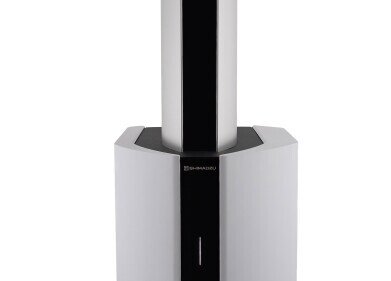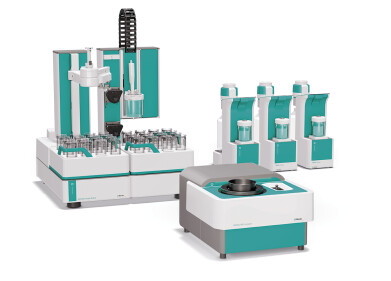Mass Spectrometry & Spectroscopy
How Do You Count Coliform Bacteria?
May 23 2022
Coliform bacteria are abundant in the natural environment, present in soil, surface water, vegetation, skin and in the intestinal tracts of humans and animals. The umbrella term describes a large group of bacteria, most harmless to humans. However, Coliform bacteria are also considered “indicator” organisms and can reveal the existence of dangerous pathogens. This is because the Coliform group includes several concerning strains, including Enterobacter, Escherichia and Citrobacter.
With almost 1500 disease-causing microbes and pathogens currently identified, testing for individual strains simply isn’t possible. Instead, scientists rely on Coliform counts to test the microbiological quality of water.
“While coliforms themselves are not normally causes of serious illness, they are easy to culture, and their presence is used to indicate that other pathogenic organisms of faecal origin may be present. Such pathogens include disease-causing bacteria, viruses, or protozoa and many multicellular parasites,” reads an article published in the book Water Quality Monitoring and Management.
For water to be considered safe and potable, it must contain no Coliform bacteria per 100ml sample. An abnormally high pathogen count suggests the water is contaminated with other, more dangerous pathogens. Coliform counts are also used to detect bacteria in raw milk, soft cheeses and other dairy products.
Now we know more about Coliform bacteria, let’s take a look at how scientists carry out tests.
Most Probable Number (MPN) method
The Most Probable Number (MPN) method is one of the easiest and most reliable techniques used to calculate total Coliforms. Samples are diluted into broth media, with analysts then counting the number of tubes that ferment lactose. Results are compared to a statistical table, which generates data on how many Coliform organisms are present.
Solid Medium Plating method
The Solid Medium Plating method is another widely used technique to test Coliform concentrations. It relies on a selective medium called Violet Red Bile Agar, which contains a neutral red pH indicator. When lactose fermenting bacteria begin to grow, the Violet Red Bile Agar reveals their presence with the formation of pink colonies.
Membrane filtration technique
Suitable only for water and liquids, the membrane filtration technique is ideal for large sample volumes. As a result, it’s often used by governments and municipalities to test drinking water supplies. Laboratory equipment manufacturers such as Thomas Scientific specialise in Coliform Membrane Filtration Systems, which are designed to meet the standards outlined by organisations such as the American Public Health Association (APHA) and the Environmental Protection Agency (EPA).
Coliform count methods are often used alongside other techniques and technologies to heighten sensitivity and improve safety. For example, the cutting-edge CytoQuant® device is powered by impedance flow cytometry and uses the electromagnetic properties of bacterial cell membranes and cytoplasms to identify patogenic organisms.
While strains such as E. coli and Campylobacter give bacteria a bad reputation, living organisms in food aren’t always undesirable. Find out more about “good” types of bacteria in out complete guide, ‘Bacteria in Food - Types, Testing & Problems’.
Digital Edition
Lab Asia 31.2 April 2024
April 2024
In This Edition Chromatography Articles - Approaches to troubleshooting an SPE method for the analysis of oligonucleotides (pt i) - High-precision liquid flow processes demand full fluidic c...
View all digital editions
Events
Apr 22 2024 Marrakech, Morroco
Making Pharmaceuticals Exhibition & Conference
Apr 23 2024 Coventry, UK
Apr 23 2024 Kintex, South Korea
Apr 23 2024 Seoul, South Korea
Apr 24 2024 Jakarta, Indonesia








.jpg)









